|
Lviv is a city in Western Ukraine which prides itself on the maintenance of traditional architecture and cultures. Here there are buildings which look much more "European" than in other areas of Ukraine, and for good reason. Lviv was not too long ago a city in Poland, but became incorporated into Ukraine after one of many of the city's change-of-hands. As such, a visitor in Lviv may confuse the city for being in Poland, not Ukraine. The city boasts a vibrant tourism industry with a wealth restaurants to enjoy and sights to see. Above, the Dominican Church in Lviv is just one of many magnificent churches in Lviv. The Dominican Church was originally constructed as a Roman Catholic church, and thus has a completely different style than Eastern Orthodox churches common throughout Ukraine. The Lviv Theatre of Opera and Ballet is the center piece of "Freedom Avenue", a lively walking street in the heart of Lviv. This building was constructed on top of the Poltva River which became enclosed underground, running directly under the theater. A common myth still circulates that the architect committed suicide after learning that the building was slowly sinking into the river below. You may still walk underneath the theater and see the now small stream running.
0 Comments
I started off my field work with three straight, and very long, days in the field. My goal was to collect as many wild Camelina populations as I could from as many distinct localities. My collaborators helped me to look over historical Camelina collection sites and we went back to many of these sites to see if Camelina could still be found. Unfortunately, after checking countless dozens of sites and seemingly-promising habitats, we only managed to find Camelina growing at a single location. We had scoured abandoned fields, ruderal areas, and the margins of crop fields, all with very little success.
I started off my work in Ukraine by looking through all of the Camelina specimens in the herbarium of the M.G. Kholony Institute for Botany. I was surpirsed to find very rare and old collections, the most interesting was without a doubt that of Ivan Schmalhausen, a Ukrainian born scientist who, among other endeavors, used Camelina as an evolutionary model system. As such, it was quite the honor to see his own collections of Camelina and other related species in Brassicaceae. Even better, the herbarium had several specimens from Nikolai Zinger, another early evolutionary biologist in the USSR using Camelina as a model system. Read more about these two soviet biologists in a previous post here. Next I visited the MM Hryshko National Botanical Garden in Kiev, where many thousands of lines of various food and ornamental crops are maintained and improved in breeding programs. Among these are several lines of Camelina! I had arrived just a little too late to see the Camelina growing, but the remains of harvested plants weren't difficult to find. 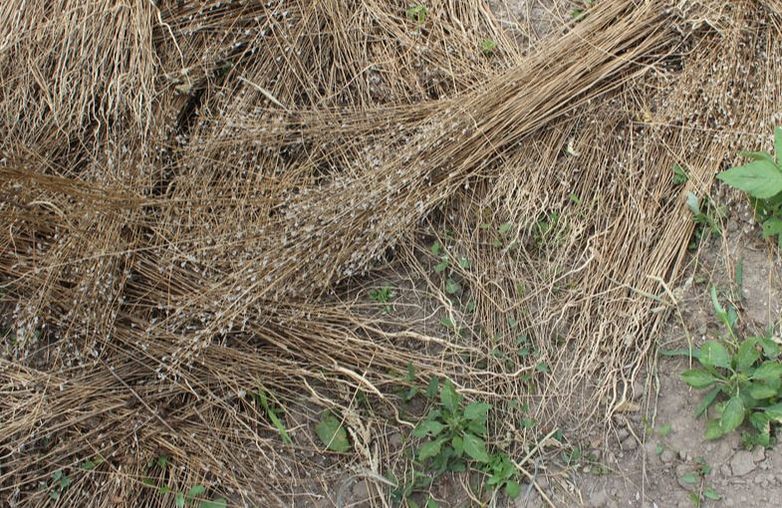 Here they experiment with different winter and spring varieties of Camelina and perform hybridization and growth experiments.
I'm now in Ukraine as part of the National Geographic Young Explorers grant supporting my work on Camelina. I'm still settling in - and recovering from my jet lag, but I've had a chance to see some of the city and meet my collaborator and organizer, Sergei Mosyakin. I feel like I've already learned so much about this beautiful country and its rich history; it's hard to believe I've only just begun this journey. The reconstruction of Ukraine's 11th century Golden Gates. Inside the National Museum of Natural Sciences of Ukraine, I found this great exhibit of the work of Nikolai Vavilov, my hero. His work took him all over the world to collect and preserve wild progenitors of many of the world's crop plants. Despite meeting a tragic and early death, his work was impressive and his drive to understand plant diversity and improve crop production is truly inspirational. The National Museum of the History of Ukraine. This large four-story museum extensively chronicles events and civilizations in the present day region of Ukraine, and boasts many interesting artifacts. My favorite exhibit was the history of currency in Ukraine, which sported ample examples of currencies used in the region throughout its history. In the coming days I will meet with local scientists and botanists in Kiev, while also organizing several small field collection trips that I will embark on in the coming weeks. Stay tuned!
I'm thrilled to announce that I'm the recipient of the National Geographic Young Explorers Grant! I have proposed a field collection trip for wild Camelina species in Ukraine. My goal is to discover wild populations of Camelina that may be predecessors to the domesticated Camelina sativa oilseed/biofuel crop. These predecessors may hold the key to understanding the evolution of this emerging aviation biofuel, but also give insight into the broader context in which plants evolve and become domesticated. I will be leaving soon for Kiev, Ukraine - be sure to follow my travel blog on my site to keep up with the adventure.
|
AuthorJordan Brock Archives
November 2019
Categories |
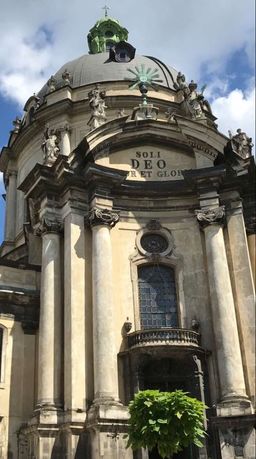
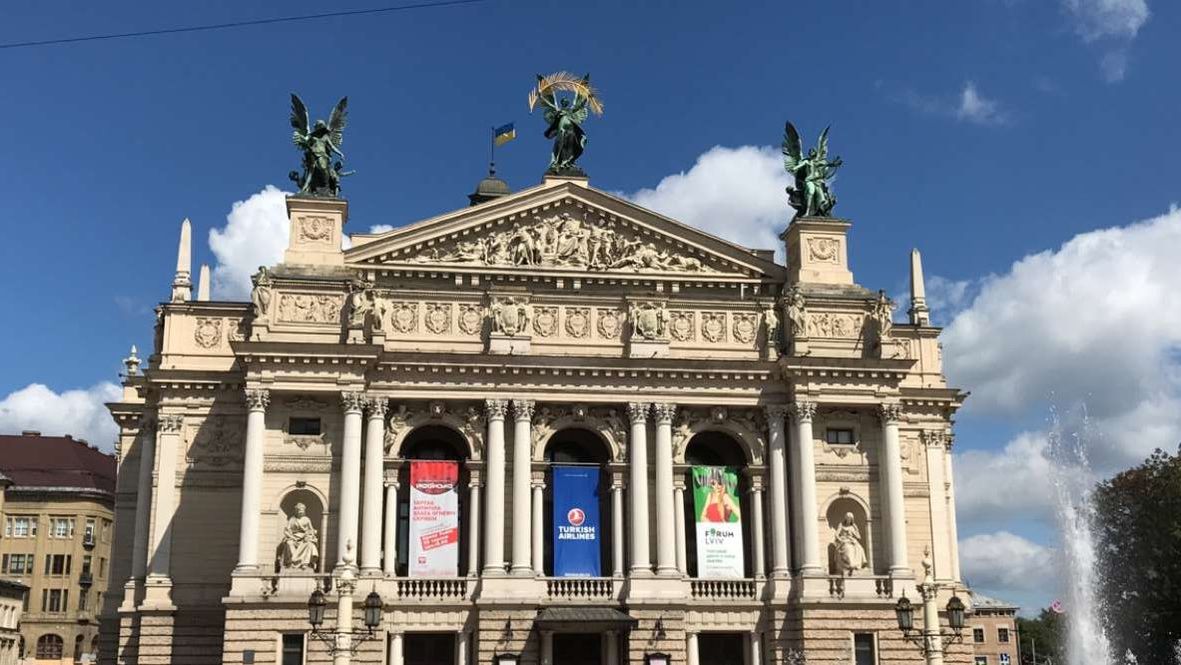
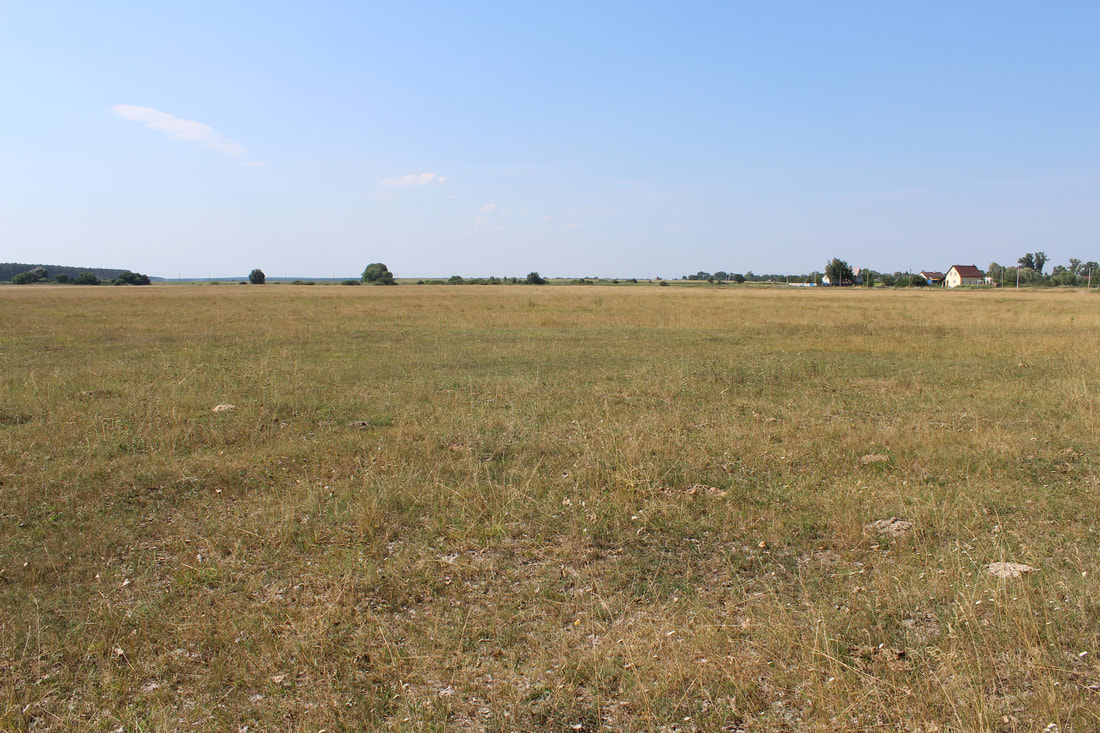
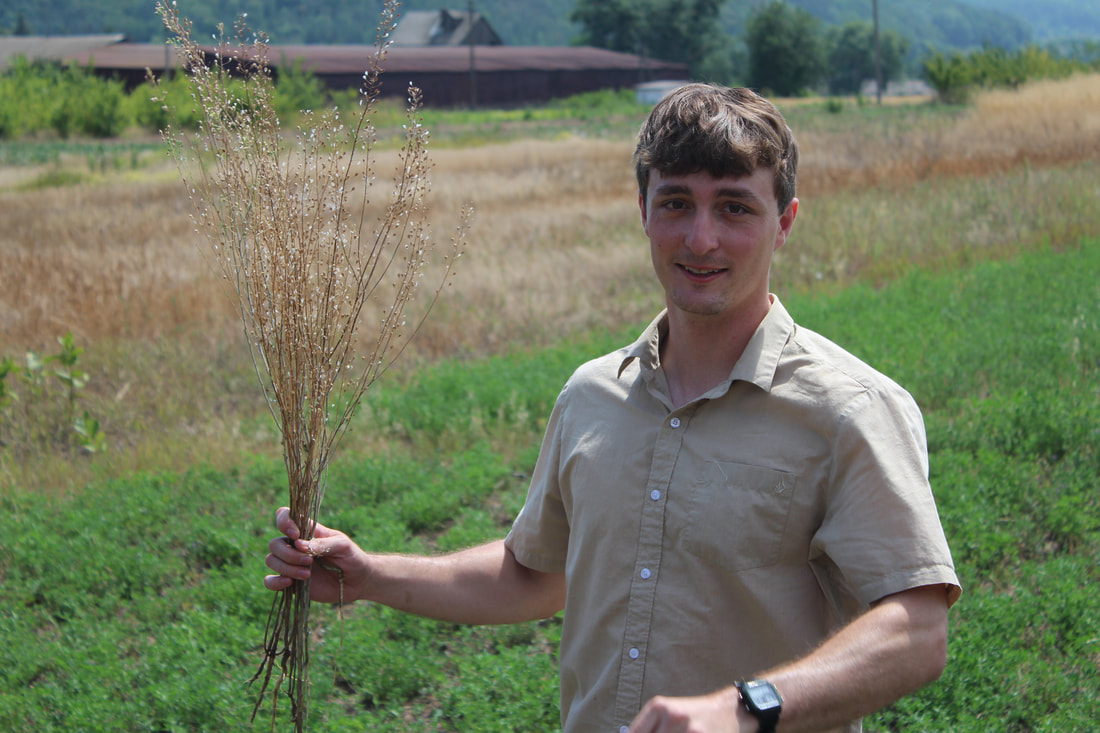
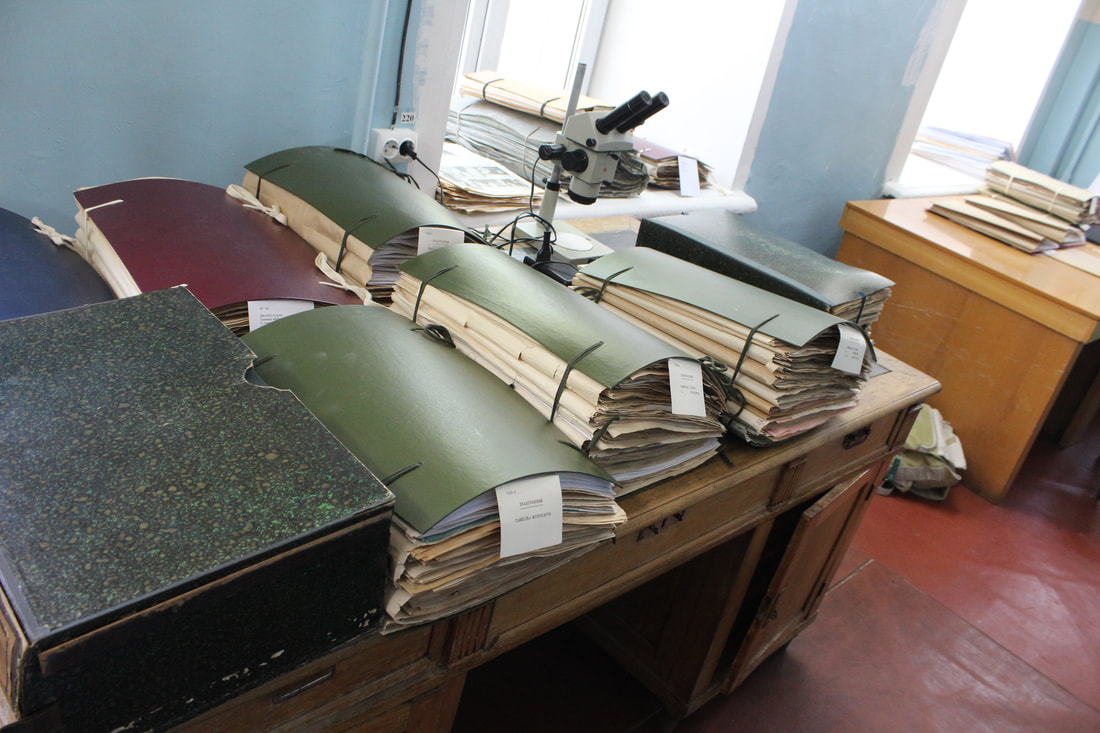
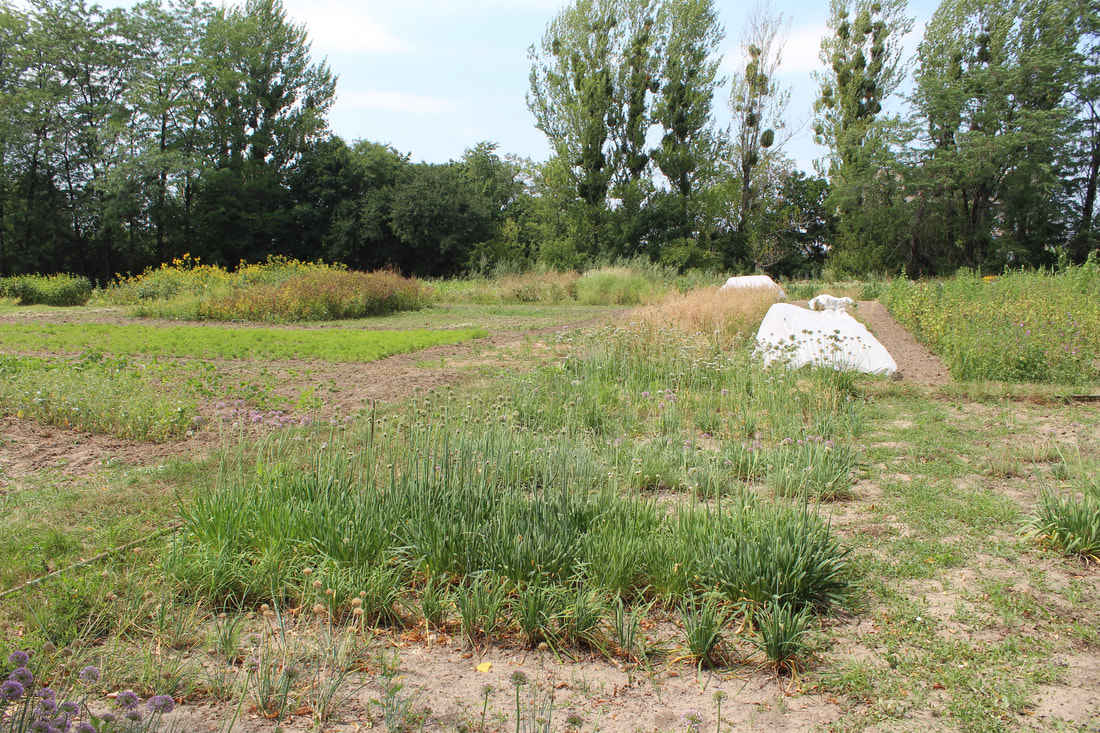
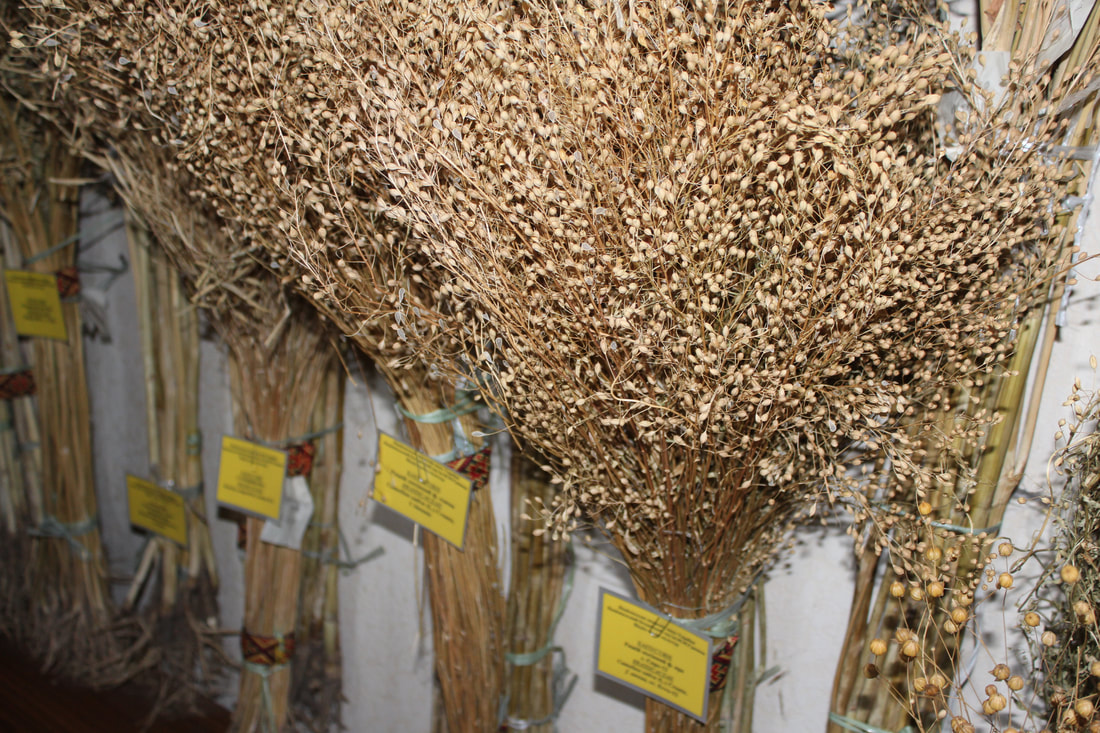
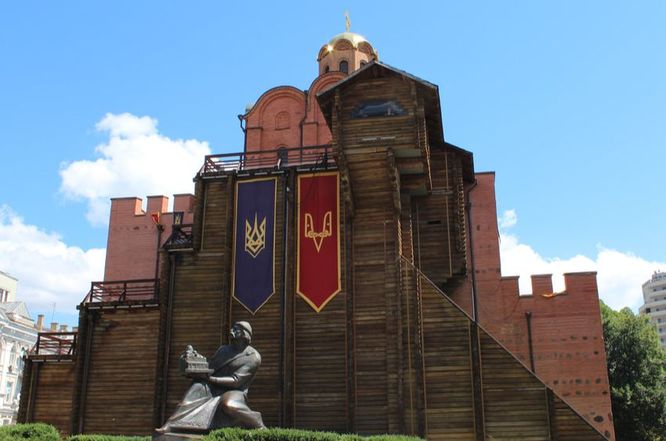
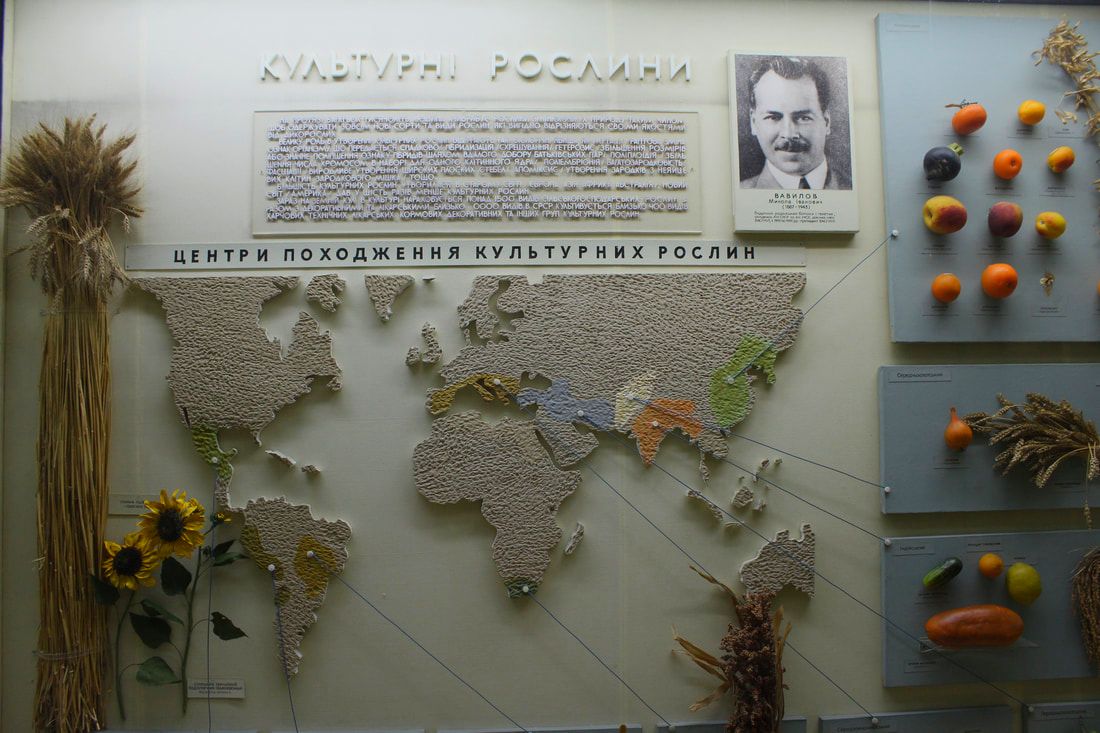
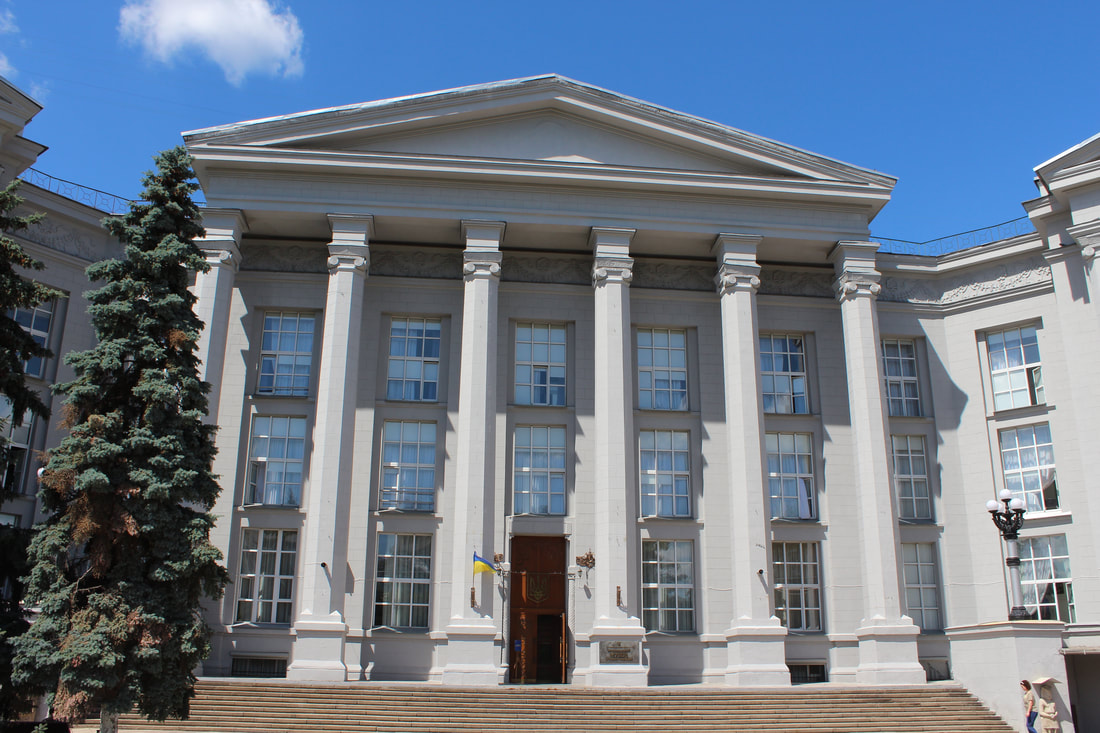
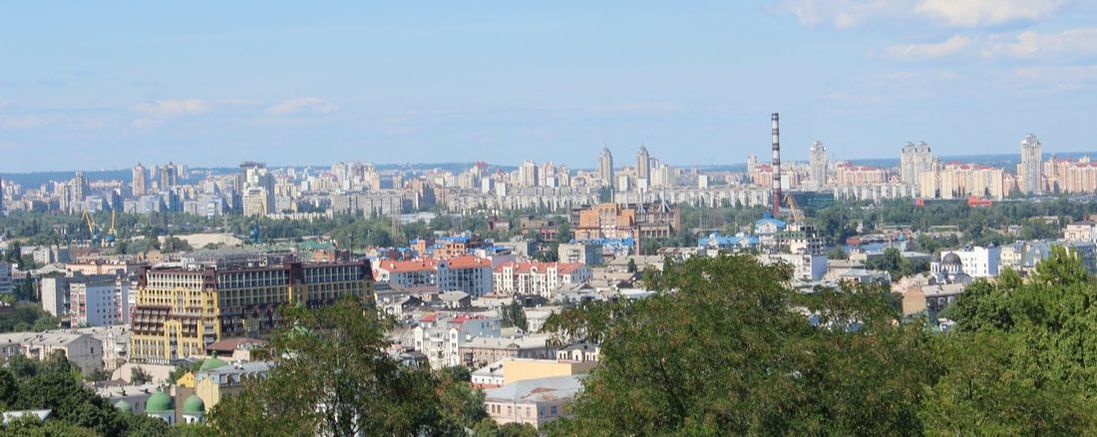
 RSS Feed
RSS Feed